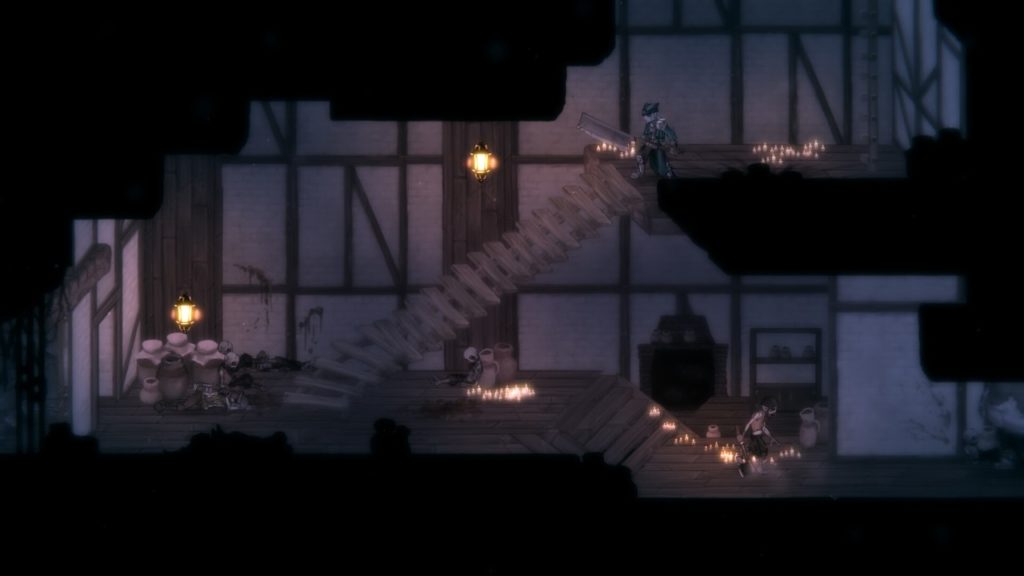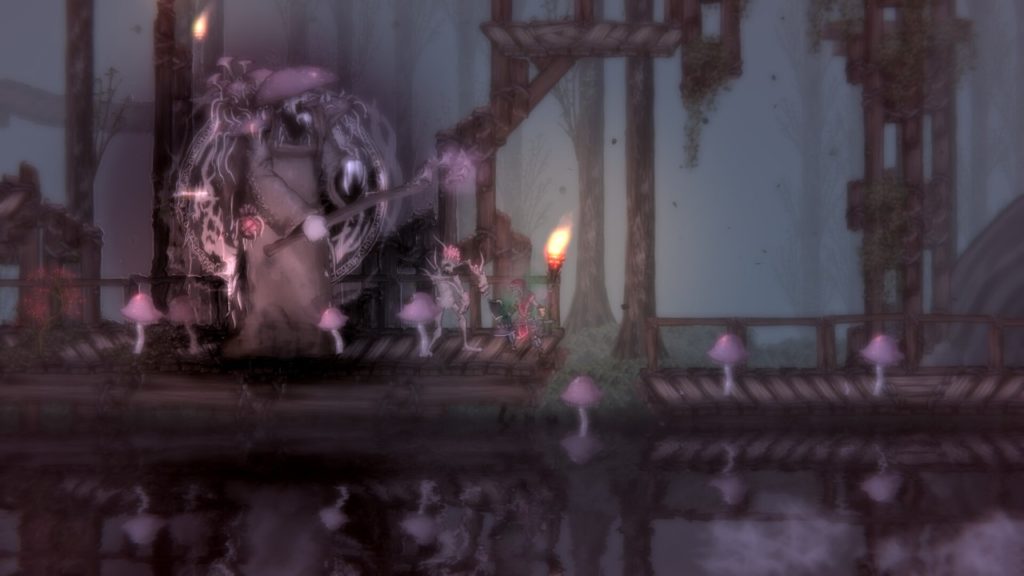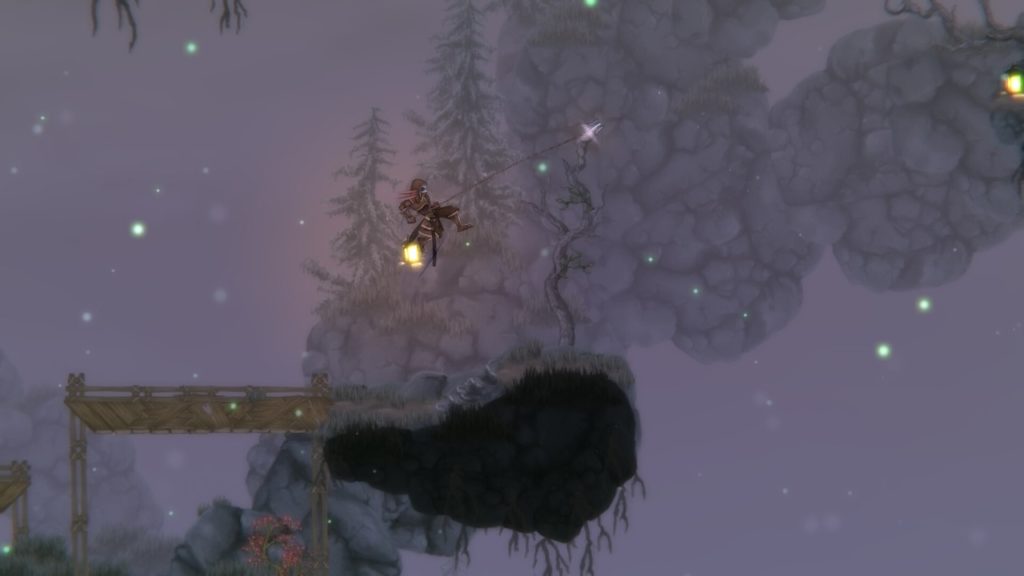Salt and Sacrifice Steam Deck review
Salt and Sanctuary kind of took everyone by surprise when it released back in 2016. It was a 2D Dark Souls, for Goodness’ sake, and no one saw it coming or expected it to be as good as it was. James Silva’s Ska Studios was largely a one-man band for most of the development, but produced a game that genuinely gave other Soulslikes a run for their money. Last year Ska Studios and Devoured Studios followed up with Salt and Sacrifice, a 2D Soulslike which eschewed some of the first game’s established mechanics in favour of producing what was, at brass-tack-level, a 2D Monster Hunter.
It’s fair to say that it lost something in the transition, though not enough to damage the brand for most players. Salt and Sacrifice is still a huge game, with satisfying Metroidvania elements and a great weapon and armour system. When I reviewed it on release I was more than impressed with how it felt to play and how much James Silva and his tiny company had managed to squeeze into it. Now it has finally come to Steam (and Nintendo Switch), it seemed a good time to see how it holds up on the Steam Deck.

In short, it’s great. Salt and Sacrifice isn’t a technically demanding game, and it runs wonderfully on Steam Deck. I have the resolution at 1280×800 (which is the only option), framerate limit off, with HDR and the Legible Font settings both ON. As for the Steam Deck itself, I normally have the framerate capped at 40 to improve general performance across most games, whereas I turned the limit off for Salt and Sacrifice and the frame counter in the handheld’s overlay maintained a rock solid 60FPS anyway.
Beyond that, there’s nothing different or added in the Steam version. You are an Inquisitor, a convicted felon shipped off to a faraway land to hunt Mages as penance for your crimes. You get to pick the crime, of course, during character creation, but while it gives you a starting item that may or may not be useful, there are no bad choices. From then you select your race, appearance and class from a roster of eight.
The classes run the usual gamut of ranged and melee fighters, quick DPS specialists, healers and magicians (not mages, though, of course; your magic is completely different, honest). This choice determines your starting stats and gear, but you can change it all later depending on how you spend your Salt to level up.

Salt and Sacrifice’s world is mostly open, though you can strike out from the hub via a magical portal opened by assembling runic symbols in certain patterns. Once you’re in the world it’s a mixture of Metroidvania exploration, unlocking new gear like a grappling hook and a device to make use of ziplines dotted around, and combat that resembles Dead Cells. There are bosses to take down at set points, but your main quarry are Mages.
These huge, elementally charged abominations pop up in certain areas, summoning minions and laying down area-of-effect spells and powerful attacks. Slaying one is no easy feat, but as in the aforementioned Monster Hunter series, killing them is the only way to earn materials to make and upgrade new armour and weapons. You’ll be grinding certain Mages a lot, improving your equipment and levelling up as you go.
Ska Studios’ arts style is unique and gorgeous, and on the Steam deck’s smaller screen Salt and Sacrifice looks superb. With HDR on the muted colours pop just that little bit more, and the environments drip with atmosphere. It’s still in desperate need of a map to help with navigation, since on a 2D plane the locales just aren’t as intuitively laid out as they would be in a 3D Soulslike. Everything is to the left or the right, and shortcuts and secret routes just aren’t easy enough to remember without a map.

There’s also an issue throughout with difficulty. Salt and Sacrifice isn’t as tough as Salt and Sanctuary, but the difficulty can feel inconsistent, spiking in certain areas and in the case of certain Mages. Some areas later on will mob you with enemies, and navigating multiple assailants on a 2D plane just isn’t a lot of fun. It’s even more of a mess when you add in other players, but then the multiplayer is a little convoluted anyway. It would be simple to just let you search for a game and join, but Salt & Sacrifice bogs the system down with unnecessary currencies and rituals.
Ultimately though, Salt and Sacrifice feels like it could have been made for the Steam Deck. It fits so perfectly well on the handheld in terms of performance and graphical quality, and is a great game to pick up and play wherever, knocking out a mage or two on a morning commute or when you have a free hour on a lazy afternoon. The Steam release adds nothing new to the game overall, but if you have access to a Steam Deck then Salt and Sacrifice comes highly recommended.
Check out our video review of the original release:




